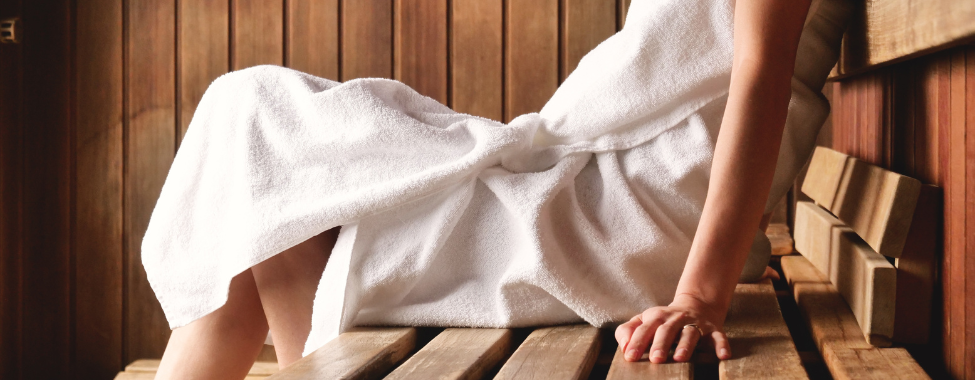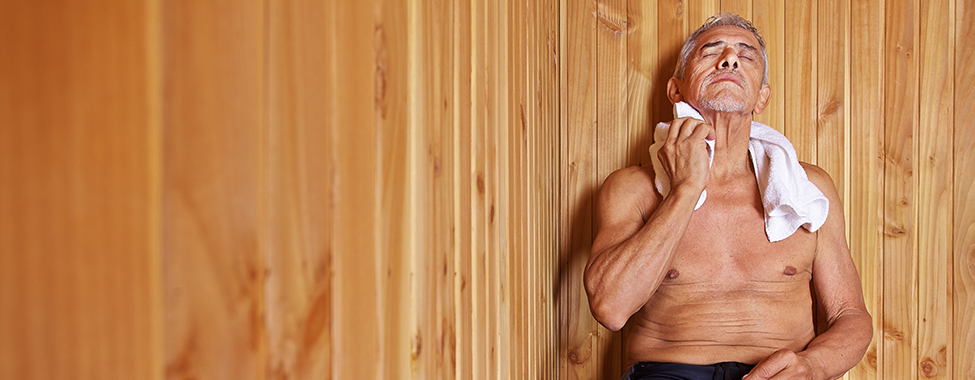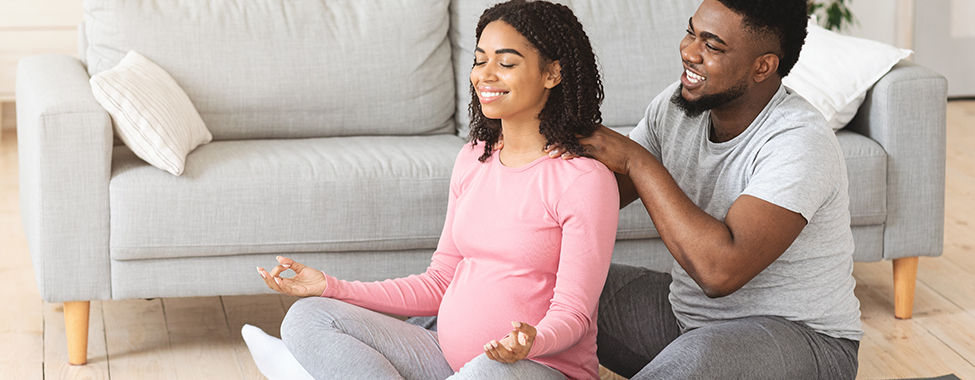You’re never too young or too old to reap the powerful benefits of infrared saunas. Or are you? While many people are enthusiastic about using infrared saunas for their science-proven benefits to overall wellbeing, are there age barriers to consider when it comes to sauna use? Our comprehensive guide explores the advantages different age groups can find in a sauna session. Younger and older adults alike can achieve their health goals with the support of this technology. We will also touch on considerations to keep in mind at every stage of life to help you decide whether sauna use is right for you.
Explore our guide below to better understand the correlation between safe sauna use and age.

Age Limit Precautions
Infrared sauna technology can help you optimize your health and wellness, but is it suitable for all ages?
While there aren’t specific age limits for infrared saunas, there are certain considerations one needs to have before getting in. The overall state of your health is important to consider. Medical conditions such as chronic illnesses, sickness, and physical capabilities are big factors to determine the safety of sauna use. While saunas can be used with some conditions, it is always best to consult your doctor if you are hesitant about your health status. Overall personal comfort also plays a big role during this consideration stage.
Though there aren’t detailed age specifications when it comes to infrared sauna use, there are some general guidelines to follow. Children and elders, in particular, may need to be more cautious of saunas, especially if they don’t find themselves in an optimal health state. While these individuals may not be good candidates for sauna use, most healthy adults can safely use them.
Children and Sauna Use
Sauna use is unfortunately not recommended for young children. Health experts recommend children under the age of 12 avoid using saunas altogether. Given that children’s bodies are still in their developing stage, it may be more difficult for their body to regulate body temperature. This makes them prone to have higher risk of dehydration and heat exhaustion. Overall, children are not good candidates for sauna use.
Note, children should never be left unattended near saunas as leaving a young infant near high temperatures of heat can cause danger to the child’s safety.
Elderly and Sauna Use
Elders may also need to be cautious about sauna usage. Specifically if they have existing health conditions, such as heart disease, high blood pressure, or diabetes. Though saunas can aid to strengthen cardiovascular health and reduce blood pressure in healthy individuals, elders may experience different effects. Consulting a trusted health professional may be best for elders considering sauna use. Because certain health conditions may weaken the body’s ability to regulate body temperature, sauna use may exacerbate symptoms. Additionally, it may be best to avoid saunas when taking some prescribed medications. All in all, it is best to be safe when it comes to saunas and speak to your doctor before usage.

Who Should Use Saunas?
Now that you know what age groups may have higher risks when using saunas you may be wondering, who can use saunas? Any healthy adult looking to boost their health and wellness game is welcome to utilize the sauna! They are a wellness tool that is sure to leave you feeling more relaxed, detoxified, and healthy. Find out about the sweeping benefits that saunas can have on different ages. Here are some of the unique healing advantages infrared saunas can have on young adults and older adults.
Benefits of Infrared Sauna Use for Younger Adults
- Skin Health: Young adults struggling with hormonal acne prone skin can see great improvement of the skin by sitting in a sauna. The heat and steam from the sauna helps open the pores and increase circulation, leaving you with a more radiant complexion. This process helps detoxify the body of all impurities.
- Mental Health: The mental health benefits of sauna use may be most helpful for young adults dealing with depression or anxiety. While early adulthood can be stress inducing, infrared saunas provide a solution to reduce stress and promote relaxation. While dealing with stress, be it from work or school, saunas provide an outlet to relax and even get into a meditative state.
- Muscle Recovery: While young adults may partake in more physical activities such as sports or working out, focusing on post-exercise recovery is key. Those living more active lifestyles can reap the benefits for muscle recovery that saunas offer. Reduce your recovery time and muscle soreness by adding this simple step to your fitness routine.
Benefits of Infrared Sauna Use for Older Adults
- Improved Circulation: Older adults with more sedentary lifestyles can see great benefits from saunas that help with circulation. Those dealing with circulatory issues, joint pain, and many other conditions, can benefit from infrared saunas.
- Pain Relief: Those dealing with chronic pain such as arthritis will love infrared saunas. Older adults looking to reduce inflammation in their body can feel a reduction of pain from a sauna session.
- Cardiovascular Health: Infrared saunas are amazing for the heart! Those in need of boosting this cardiovascular health can see benefits in using a sauna because it increases the heart rate while lowering blood pressure.
Overall, infrared sauna use can be beneficial for most ages, especially healthy adults. However, always check with a doctor before using an infrared sauna if you have specific health concerns or preexisting conditions. Additionally, there are some precautions you can take to make your experience better and safer.

Sauna Use Safety at Any Age
No matter what age group, it is always imperative you practice safe sauna use. There are many ways to use saunas in a controlled and cautious manner. Here are some of our top recommendations:
- Always check the temperature of the sauna before stepping in and ensure it is at a safe and comfortable temperature for you.
- Stay hydrated! You do not want to risk getting dehydrated during a sauna session. Make sure to drink water before, during and after.
- Do not overuse the sauna. Limit sessions to 20-30 minutes to avoid overheating. If you are a beginner sauna user, you can start as low as 5 minutes at a time.
In short, while there aren’t any strict age restrictions for sauna users, certain age groups may need to exercise more caution than others, especially children and elders. Additionally, those with preexisting health conditions and concerns should always consult a trusted health care provider before using a sauna. However, most healthy adults can get to experience the healing powers of infrared sauna technology. Remember to always prioritize comfort and safety when using an infrared sauna, no matter what age.
 Canada
Canada Australia
Australia New Zealand
New Zealand Germany
Germany UK
UK EU
EU Ireland
Ireland Malaysia
Malaysia China
China


























